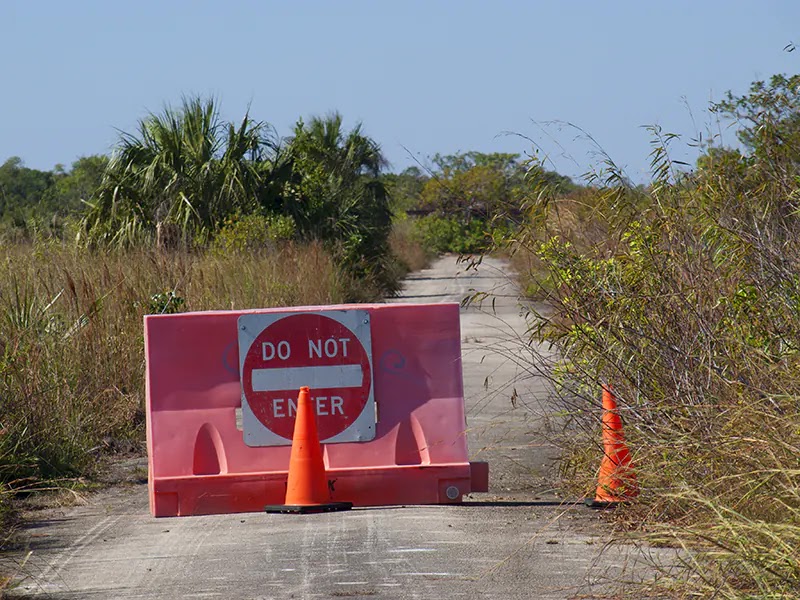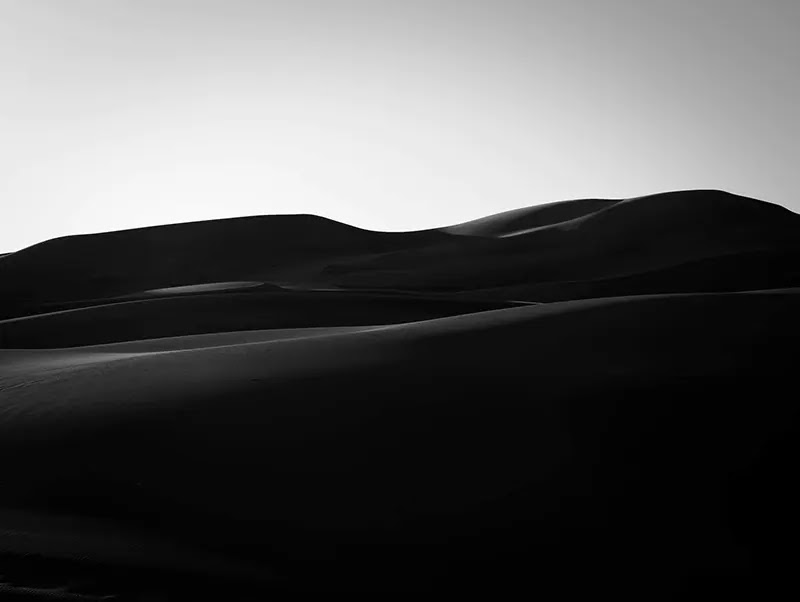Photos of a camping trip to Palo Duro Canyon
We reached Palo Duro through the small city of Claude, Texas. At The Burro, we stopped for a coffee. This part of town smells to old history with the 1912 building of the courthouse across the coffee shop.
45 miles later, we stood looking the multicolored rocks of Palo Duro Canyon from the visitor center.
 |
| Palo Duro Canyon, the "Grand Canyon" of Texas, seen from the rim - License our images here. |
Layers of orange, red, brown, yellow, grey, and the shining white veins of gypsum competing for space on the face of the tall cliffs. Color lines that show the age of Palo Duro canyon. 240 million years. What an elder.
Around the canyon rim, the flat expanses of the Llano Estacado - Staked Plains - nurture endless winds. This treeless world of grass of the Texas Panhandle inspires a sad mood. The canyon is an oasis.
Palo Duro means hard or strong wood in Spanish. The name is for the Rocky Mountain junipers that grow in the canyon. This wood is very rot resistant.
Apache Indians, Kiowas, and Comanches lived here. But these were the latest immigrants. Palo Duro canyon was the home of many other tribes since the times when the mammoth roamed these lands.
The tale says that the Spanish explorer Francisco Coronado found the Apache living in the canyon in 1541. Then, the Comanches and Kiowas came and kicked them out - peace never was the forte of the Wild West.
In 1852, Captain R. B. Marcy came looking for the headwaters of the Red River and mapped the canyon. He didn't know about the Grand Canyon and wrote in Thirty Years of Army Life on the Border:
The cañons of our southwestern regions are among the most remarkable examples of erosion in the globe, and the one on Red River seems to me to be on a more gigantic scale than any of which I have found a description.
In 1876, two years after General Ranald S. Mackenzie defeated the Comanches in the Battle of Palo Duro, Colonel Charles Goodnight started the age of the cattle ranches inside the canyon.
What a historical detour. My fault. Let's go back to the present.
Yellow signs warn of falling rocks in the road to the canyon floor. 800-foot drop from rim to bottom. We made use of the lower gears in the steep incline.
Down there is mostly flat. The park road plays a game of cat and dog with the Prairie Dog Town Fork of the Red River - Captain Marcy said that the Comanche named the river for the many prairie dogs found on the banks. The waterway crosses the road seven times in four miles.
This river is the talented sculptor of Palo Duro canyon. But being late fall, it was in a dry mood. Not much water flowing around.
We settled in Sagebrush campground.
A brown tarantula shared the spot with us. It was a peaceful neighbor. We never got too close.
The wind from the upper rim sometimes carried the smell of livestock shit. Just a reminder that we were in cattle country.
Palo Duro reminds the Grand Canyon in a version mini. Anyway, it's big. It's the second in size in the country.
Towards the end of the loop road that travels the floor of the canyon, we visited the Big Cave.
Easy walk because it's close to the road. We could make a good home from this cave in a pinch.
In the popular Lighthouse Trail, we got close to the magic colors of the cliffs. The path crossed some dry creeks. Many footprints of wildlife printed on the dusty ground.
Three miles later, we faced the silent column of the Lighthouse. This is the icon of Palo Duro, even if it's in another canyon named Little Sunday Canyon.
We got lost finding the best way to climb to the rock. After a while, we took a path of narrow steps that borders an unsettling cliff. Good that this section was short.
Alone and under a strong wind, we enjoyed the canyon views eating snacks. Mesmerized with such beauty, we stayed for too long. The night caught us on the way back to the trailhead. The temps dropped. It felt cold.
 |
| Little Sunday Canyon seen from the Lighthouse. |
Full moon with running echoes of coyotes in the canyon walls. Early in the morning at the campground, it was time for the hungry deer. The balance of nature.
(Check a video from the trip to Palo Duro.)









Comments
Post a Comment